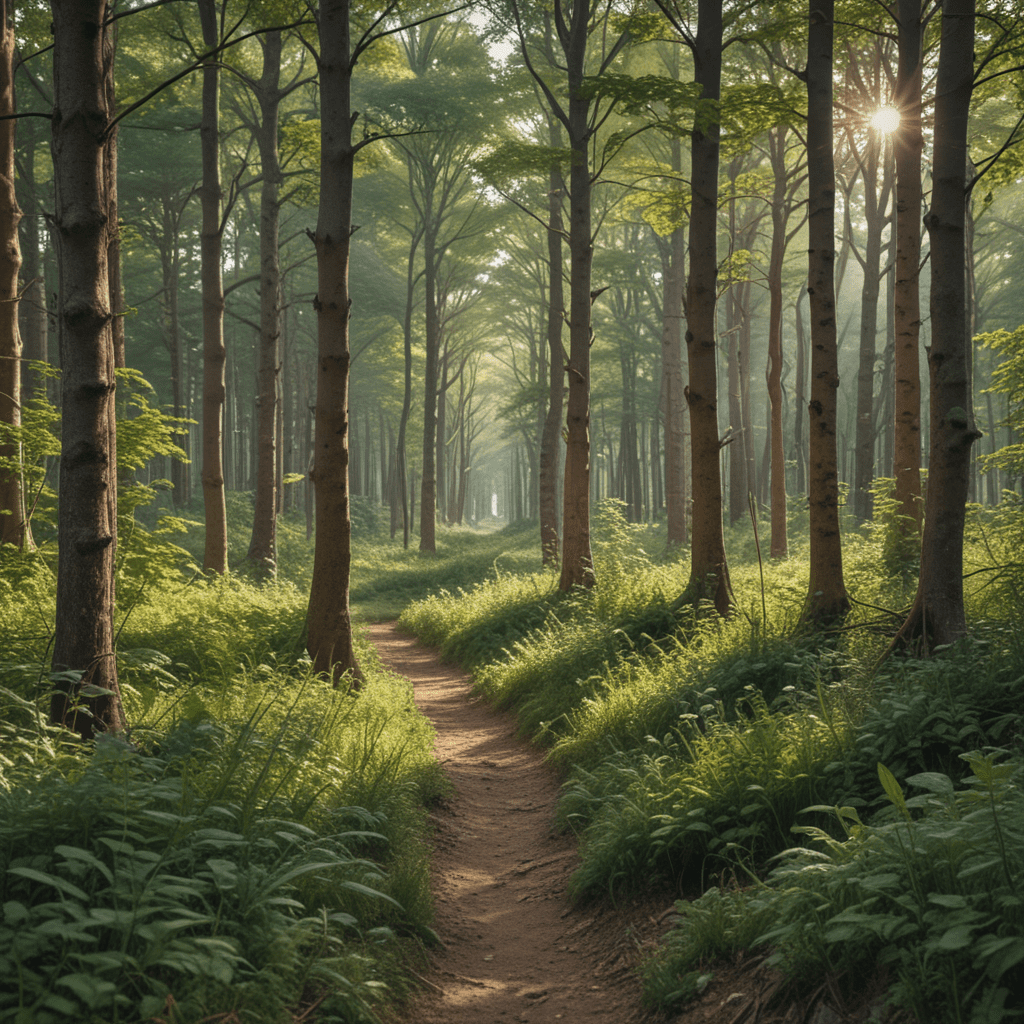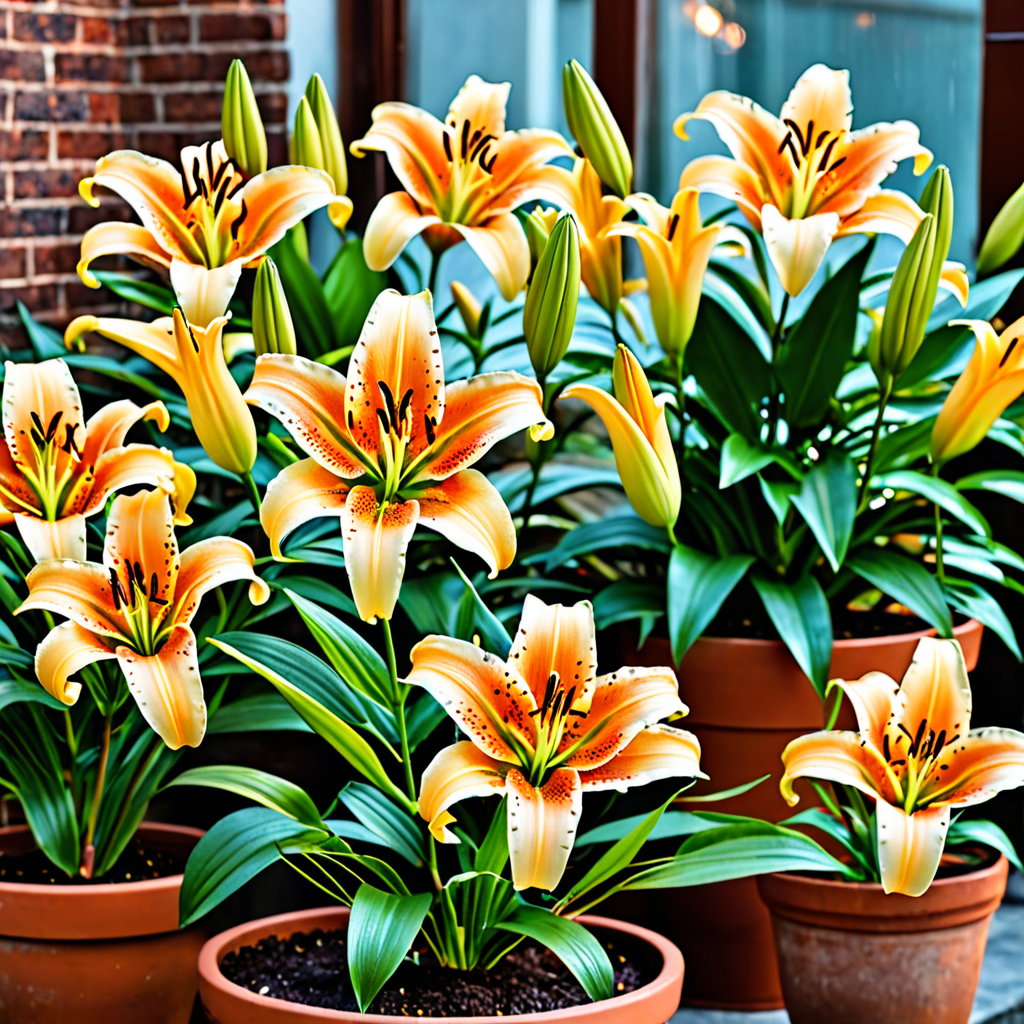
Introduction to the Wienerwald Biosphere Reserve
Nestled in the heart of Austria, the Wienerwald Biosphere Reserve is a captivating natural haven renowned for its enchanting landscapes and rich biodiversity. Designated as a UNESCO World Heritage Site in 2005, the reserve encompasses over 105,000 hectares of pristine forests, rolling hills, and sparkling waterways. Serving as a vital green lung for the city of Vienna, the Wienerwald provides a sanctuary for an array of wildlife and offers a breathtaking escape into nature's embrace.
Geological Formations and Natural Habitats
The Wienerwald's geological composition is a tapestry of ancient rock formations, contributing to its diverse array of natural habitats. The underlying bedrock consists primarily of limestone, interspersed with pockets of sandstone and marl. Over millions of years, erosion has sculpted these rocks into a captivating landscape of rolling hills, deep ravines, and towering cliffs. These varied terrains support a multitude of ecosystems, ranging from lush beech forests to vibrant meadows, each teeming with its own unique flora and fauna.
The Viennese Woods and Their Rich Flora
Occupying a significant portion of the reserve, the Viennese Woods are a sprawling expanse of forest renowned for their remarkable biodiversity. Beech trees dominate the canopy, their graceful branches forming a verdant tapestry overhead. Interspersed among the beeches are majestic oaks, graceful maples, and towering pines, creating a vibrant mosaic of colors and textures. The understory is alive with a profusion of wildflowers, ferns, and mosses, adding to the captivating beauty of these ancient woodlands.
The Majestic Landscape of the Wienerwald
Beyond the forests, the Wienerwald unfolds in a panorama of rolling hills, dotted with picturesque villages and historic landmarks. The gentle slopes are cloaked in a patchwork of meadows, vineyards, and orchards, each contributing to the region's agricultural heritage. Amidst this idyllic countryside, sparkling streams meander through the valleys, cascading over waterfalls and forming enchanting pools. The panorama is further enhanced by the presence of ancient castles and monasteries, perched majestically on hilltops, adding a touch of historical charm to the landscape.
Rivers, Streams, and Lakes in the Reserve
The Wienerwald Biosphere Reserve is a haven for aquatic life, boasting a network of rivers, streams, and lakes that support a diverse array of flora and fauna. The River Wien, the reserve's namesake, meanders through the heart of the forest, its clear waters providing habitat for fish and other aquatic organisms. Alongside the Wien, numerous smaller streams and brooks crisscross the landscape, nourishing the verdant meadows and providing essential drinking water for the region's wildlife. Picturesque lakes, such as the Lainzer Teich and the Kahlenberg Pond, offer tranquil havens for a variety of waterfowl and other aquatic species, adding to the ecological richness of the reserve.
The Unique Wildlife of the Wienerwald
The Wienerwald Biosphere Reserve is home to a rich tapestry of wildlife, ranging from common species to rare and endangered ones. The forests provide habitat for an array of mammals, including red deer, wild boar, and Eurasian lynx. The reserve also supports a diverse bird population, with species such as black storks, eagle owls, and woodpeckers thriving in the pristine woodlands. Numerous amphibian and reptile species inhabit the reserve's diverse aquatic and terrestrial ecosystems, adding to its ecological richness.
Historical and Cultural Importance of the Reserve
The Wienerwald Biosphere Reserve holds profound historical and cultural significance, having served as a hunting ground and recreation area for centuries. The region is dotted with ancient castles and monasteries, each with its own unique story to tell. The most notable of these is the Klosterneuburg Monastery, founded in the 12th century, which houses a vast collection of medieval art and architecture. The Wienerwald has also been a source of inspiration for artists, musicians, and writers throughout history, contributing to its enduring cultural legacy.
Conservation Efforts and Sustainable Tourism
Recognizing the importance of preserving this natural heritage, extensive conservation efforts are underway within the Wienerwald Biosphere Reserve. Sustainable forestry practices, habitat restoration projects, and wildlife monitoring programs aim to protect the reserve's biodiversity and ensure its long-term health. The reserve also promotes responsible tourism, encouraging visitors to enjoy the natural beauty of the area while minimizing their environmental impact. By adopting eco-friendly practices and supporting local businesses, tourists can contribute to the preservation of the Wienerwald for generations to come.
Recreational Opportunities and Hiking Trails
The Wienerwald Biosphere Reserve offers a myriad of recreational opportunities for nature enthusiasts and outdoor adventurers. An extensive network of well-marked hiking trails traverses the reserve, providing access to its stunning landscapes and hidden gems. The trails range in difficulty from easy to challenging, catering to hikers of all abilities. Visitors can also enjoy cycling, horseback riding, and cross-country skiing within the reserve. Several visitor centers and museums offer educational exhibits and guided tours, allowing visitors to delve deeper into the natural and cultural history of the region.
The Wienerwald as a UNESCO World Heritage Site
In recognition of its outstanding natural beauty, cultural significance, and global importance, the Wienerwald Biosphere Reserve was designated a UNESCO World Heritage Site in 2005. This prestigious designation underscores the reserve's universal value and the need for its continued protection and preservation. As part of the UNESCO World Heritage network, the Wienerwald benefits from increased international recognition and support, ensuring its legacy for future generations to cherish and appreciate.
FAQs
Q: What is the best time of year to visit the Wienerwald Biosphere Reserve?
A: The reserve is beautiful year-round, but spring (April-May) and autumn (September-October) offer particularly stunning scenery with vibrant wildflowers and colorful foliage, respectively.
Q: Are there any guided tours available?
A: Yes, guided tours are offered by various organizations, including the Wienerwald Biosphere Park Association and the Vienna Tourist Board. Tours typically cover the reserve's natural and cultural highlights, providing insights into its unique ecology and history.
Q: Can I bring my dog to the Wienerwald Biosphere Reserve?
A: Dogs are allowed on leashes in most areas of the reserve, but there are certain designated off-leash zones where they can run freely. It's important to keep your dog under control and respectful of other visitors and wildlife.
Q: Is there accommodation available within the Wienerwald Biosphere Reserve?
A: Yes, there are several charming guesthouses and hotels located within the reserve, offering a range of accommodation options for visitors. From cozy bed and breakfasts to upscale resorts, there's something to suit every taste and budget.
Q: How do I get to the Wienerwald Biosphere Reserve?
A: The reserve is easily accessible by public transportation or car. By train, take the S-Bahn (rapid transit rail line) to Heiligenstadt or Nussdorf stations, then transfer to bus lines 38A or 38B. By car, take the A1 Westautobahn highway and exit at Heiligenstadt or Sievering.

